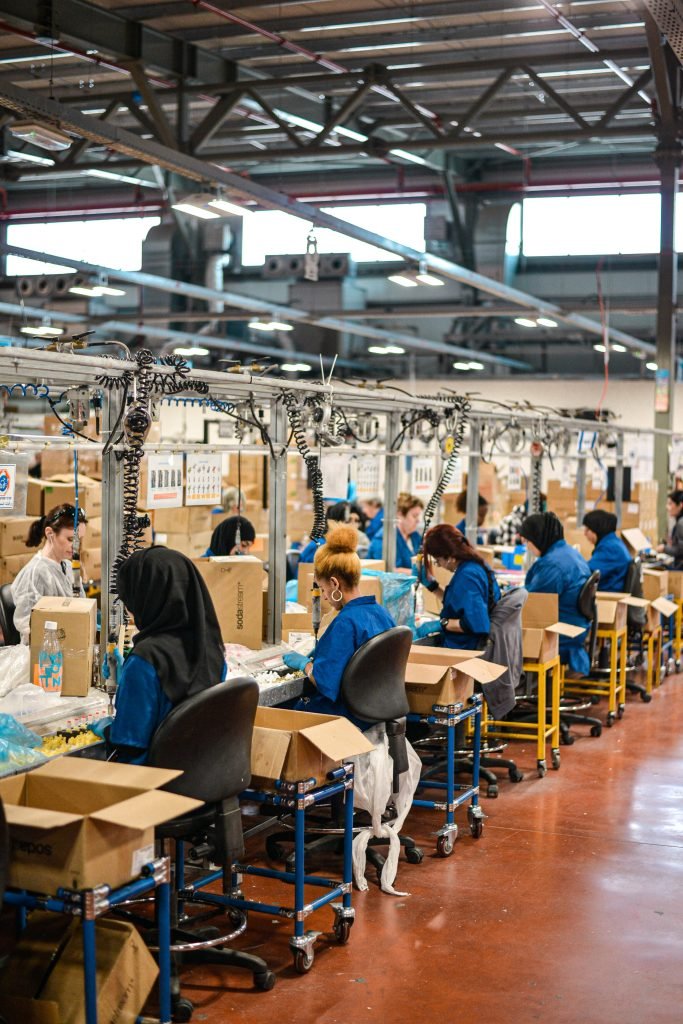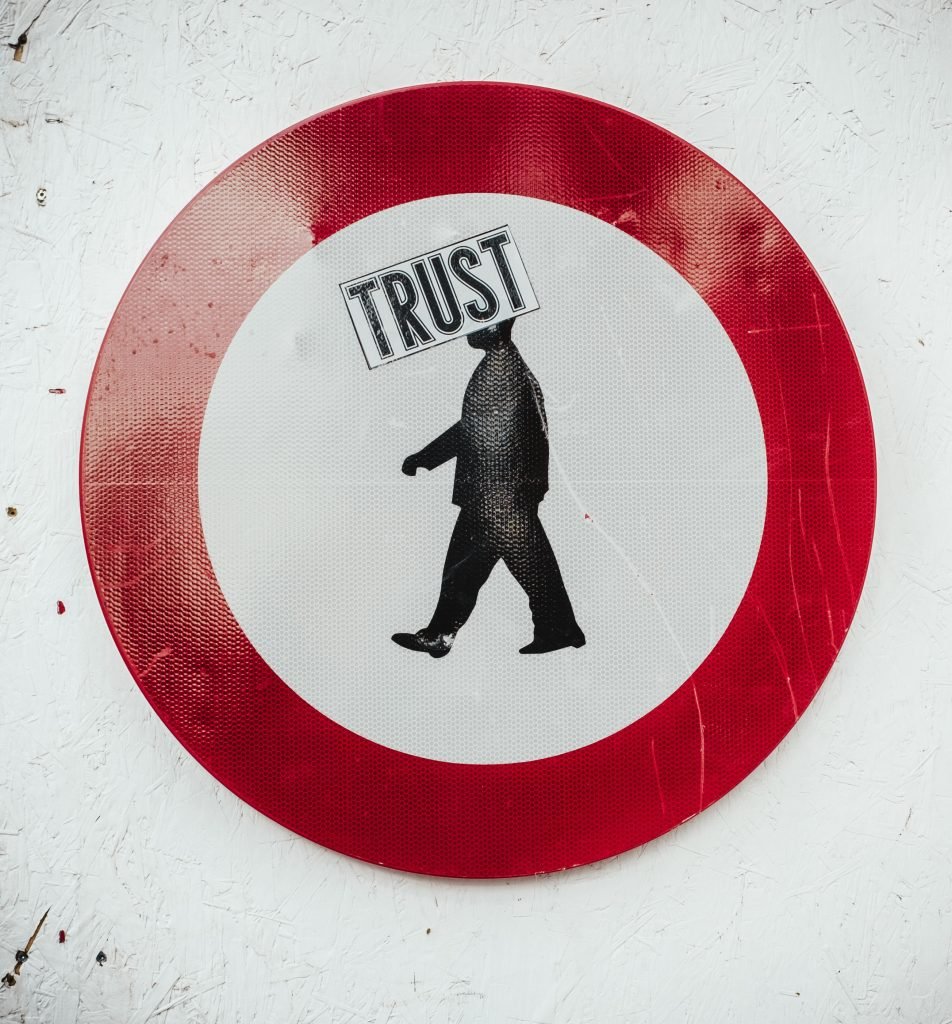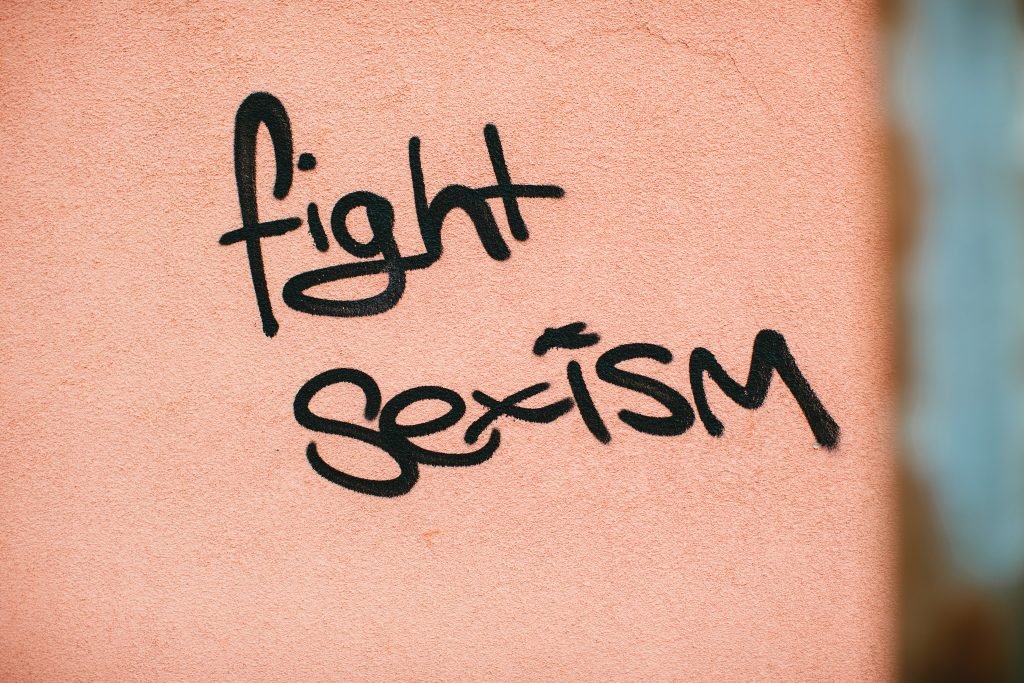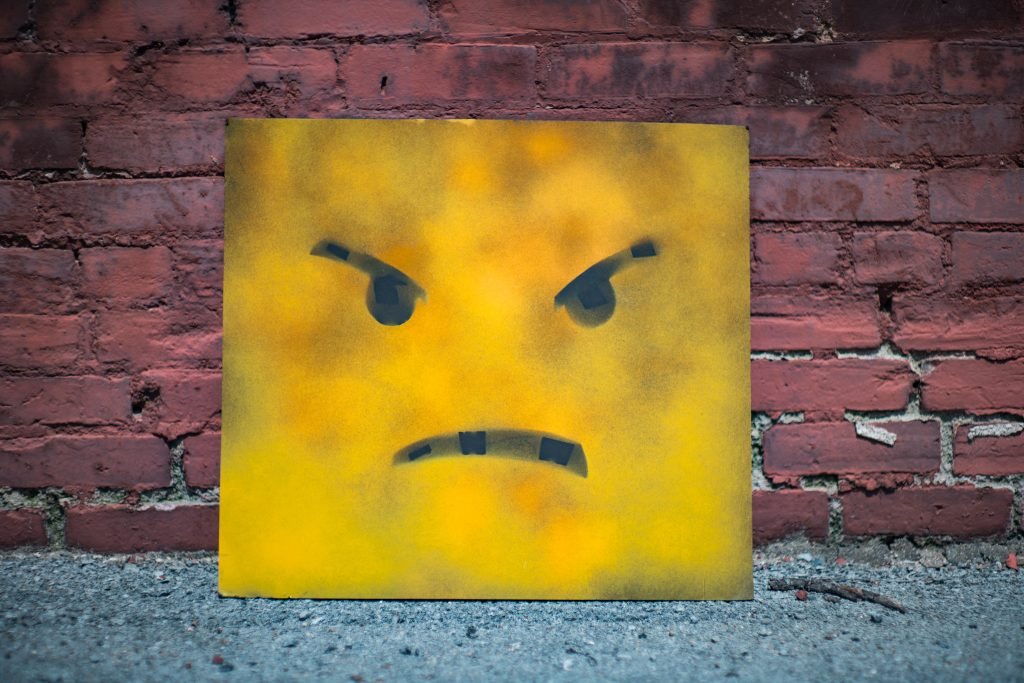DEI stands for diversity, equity, and inclusion. It’s everywhere these days. In the workplace, DEI is advocating for people of diverse backgrounds (race, gender, sexual orientation, age, etc.) to be treated equitably while providing an environment or a feeling of belonging and inclusion. Unless you are an evil person, I’m sure that we can agree that DEI should be part of every organization because the benefits of a diverse workforce can be positively beneficial under the right circumstance. I stated should and right circumstance because—as with many things related to businesses and ethics—DEI wouldn’t be the first policy companies implement without actually living it.
In my experience, most companies are all about the TALK. They don’t WALK that talk. In typical American fashion (by the way, when did America become synonymous for the United States), it’s all about the appearance of things, not about the reality of things. Everyone knows that, when it comes to marketing (and pretending), the United States ranks at the very top. Unfortunately, great marketing is not about marketing a great product, cause, or company.
Nonetheless, if a company is truly committed to implementing DEI and wants to be successful, then it first needs to address two huge roadblocks. They are called blue-collar mistrust and sexism.
BLUE-COLLAR MISTRUST

Blue-collar workers are those who work on the factory floor, being productive, yet they are the lowest of the lowest paid in any corporation. Here are the people tasked to churn out an actual perfect product while, at the same time, being faced with some of the worst working conditions typically associated with a third world country. It is not uncommon for factories in the South to be without any climate control; all while asking their production workers to pull twelve-hour shifts around machinery that could mangle or kill them.
Occupational hazards are often ignored because worker safety is too expensive. There’s a stigma of blaming employees for unsafe behavior versus corporations not having trained them properly and/or not providing them with a safe work environment to begin with.
It’s not just about the absence of decent working conditions but also about the presence of targeted micromanagement that makes working in a production environment less than fun: factory workers are constantly interrogated or bullied about their attendance, punctuality, breaks, and circumstances (such as clothing, transportation, children, health, etc.) in an effort to make them feel invisible and unimportant, keeping them in line and appreciative of a job that employers think they clearly don’t deserve.
Management often refers to blue-collar workers as unappreciative loathers who only abuse the company’s kindness.
Companies and managers tend to assume the worst of their production workers. Sure, these days, blue-collar workers aren’t dedicated to the cause anymore. And why should they be? Corporations did away with loyalty a long time ago. You can only cut down your lowest, most important employees for so long before they don’t care anymore about their jobs, the product, or themselves. There is no return on the investment for them, only a dead-end job with few actual benefits. Blue-collar workers can see—clear as day—that they are not appreciated, and that free pizza, by the way, has run its course after the third time.

You know what else doesn’t help? That double standard when it comes to office people (white-collar workers). They are in a whole different class, but management will deny it. Equal treatment? Don’t believe it for a second. Case in point: At my last production start-up, there was no heat in the manufacturing area. The large uninsulated metal building, at over 70,000 square feet, was forty years old with a concrete floor. Forklift traffic was constantly in and out of the building, meaning that several overhead doors had to remain open. Additionally, the product was shipped on flatbed trucks, leaving an entire shipping department exposed to the elements. When winter approached, with temperatures hovering at freezing, I asked about winter jackets for everyone affected by the extreme temperatures. Management simply said that they were not responsible for providing clothing for their employees. I couldn’t believe they said that with a straight face, seeing that all the office people had just received fleece winter jackets. None of them ever had to go outside to do their work. Additionally, office people received more vacation and flex time, whereas factory workers had a total of five days to use for vacation, sick days, and personal time.
What does it say about the importance of production workers when a company cannot afford them to be away for more than five days a year?
If blue-collar workers are that indispensable, then it is obvious that companies should re-evaluate their treatment of those they consider worthless. And what’s the big deal with salespeople and office staff? They already get so much more without prejudice, mistrust, and intolerance thrown at them. And I’m not trying to devalue them. But the bias is so obvious, I’m wondering who the corporations think they are fooling. Adding insult to injury, when white-collar workers fail to produce results, they mostly face no consequences. For example, when the revenue numbers aren’t where they are supposed to be, I bet the purse strings are tightened more severely in production, not the office, punishing the workers who are the largest contributors in value to the organization.
I’ve always felt at home on the production floor with the most loyal employees one could ever ask for if given fair treatment. I love being in touch with the real world, even though that real world is sad, depressing, and broke. Most every production employee struggles financially, emotionally, and physically.

Financially, because prices have increased to a point where everything is barely (or not really) affordable, like housing, food, and childcare, yet wages have not kept up with that pace.
Emotionally, because there is no support. What happens when children get sick, school lets out early, or cars break down? Companies make it clear that any absence from work is inexcusable and can be grounds for termination. And any type of abuse at work, such as belittling, micromanaging, and deflecting, adds to the emotional and mental stresses already caused by the financial strain.
Physically, because there is a definite toll on a body for having to work hard in less than optimum conditions (understaffed, unsafe, uncaring) without the luxury of time to recover or funds to pay for medical issues. Blue-collar workers do not have it made despite making it happen for greedy corporations.
The reason behind the misery of blue-collar workers can be found in the rewards reaped by those in upper management.
SEXISM
What’s worse than being a blue-collar worker is being a female blue-collar worker. Still, most any woman in any work environment faces constant sexism and ageism. Everyone wants to control women. It really makes me wonder how much of a threat women are to the patriarchy and the male authority at work. It says a lot about the power of women, when men fear that women will take over if given the opportunity. Such frail egos.

Earning less, having to work harder, staying under the radar (quietly fitting in), and being thankful for simply being allowed to work are expectations placed on women that should have been eradicated by now. Our country is heading in the wrong direction on this front. I don’t believe we were ever on the right path for long. Because companies and societies have no honesty when faced with basic human rights.
Women—as a definite minority on the production floor—are at the bottom of whatever evil trickles down from the proverbial privileged top. And even the bottom layer can be grouped by race with white dominating over black and brown. The oppression really weighs the heaviest on women of color.
Male blue-collar workers add to the complexity of problems that women face in the manufacturing world. Instead of supporting one another, including the women working factory jobs, most blue-collar male workers resort to chauvinistic oppression in a defensive move. They don’t want to be the absolute unworthiest beings at work, and so women become easy targets. Men’s survival and honor depend on their feelings of inadequacies, keeping sexist oppression alive and thriving on most all production floors in America. A blue-collar woman is so far removed from having it made, that it makes the blue-collar men look like they’ve made it.
I do want to address that DEI includes women, of course. However, my point is that companies have failed miserably at respecting, including, and valuing women since the beginning of the industrial revolution. Mind you, that is FIFTY percent of the population of the United States (and the Earth)! What world is this where we intentionally and systemically oppress half of our citizens? DEI may just be the nicer and newer term to use, which is more inclusive of, well, everyone. But fundamentally, our society has never embraced women as equal beings (as in our species), and this entire repackaging of intentions seems dishonest and futile. If we can’t even get equal rights for women, then . . . good luck with DEI.
Starting at the very top, the power hierarchy is about oppressing someone else who has been deemed less worthy. It’s the lousiest way to run a business.
CEOs – The Root of The Evil
I’ll cut to the chase. CEOs are to blame (or any C-level executives, VPs, owners, shareholders, or other managers, however, the brunt of the blame always goes to the one person in charge of it all). And yes, I get that most are too removed from the “real people” who make the product. Heck, most CEOs are too removed from everything. Reality being one of them. CEOs see themselves as the “big picture guy,” the “strategic genius,” the “hero out to make profits,” who cannot be bothered with human issues or the banality of daily work routines. But you know what? CEOs are in charge of ALL people in an organization, not just the select few privileged elites. It is their responsibility to ensure that the company has processes, procedures, and most importantly, leaders in place who cultivate an environment of fairness, inclusion, and decency. Nobody disputes that profitability is unimportant, but it cannot come at the cost of bleeding the blue-collar workers dry while the executives enjoy their bonuses, car allowances, stupendous pay, freedom to operate, and immunity of termination for small infractions.

“It’s not me.”
It is.
I’m so tired of CEOs deflecting from the fact that they are obviously part of the problem. If not you, then who?
Nobody wants to be the bad guy in public, but unless you are advocating for your lowest paid employees, you are a contributor to the current oppressive system. A CEO creates the system and then hires managers to follow it. Change should start at the very top and it should include the betterment of employment conditions for those workers deliberately ignored by the C-suite.
I don’t want to devalue CEOs. I get how important they are, which is not an excuse for them to turn a blind eye to the people who have the most to lose in their company. If you treat all employees with decency, they will be loyal. If you value them, they will go out of their way to work toward a common goal because they know that they will profit as well. Tit for tat.
Corporations (and CEOs) need to grow a heart and a brain if they want to be attractive employers who can hire and retain talent and good employees. Can’t find employees? Well, take a good look at your policies and your treatment of ALL. Word gets around. You have a reputation, which is not the same as your image. Or could it be your job postings? Can you even see how selfish they are, only listing requirements, tasks, and expectations – and nothing about WHAT YOU CAN OFFER in return?
Time for some real honesty if, in fact, your company is all about DEI.
Put your money where your mouth is.

Like it? Share it!

Thanks for reading! I’m Petra, and I’m an author, speaker, and women’s advocate.

